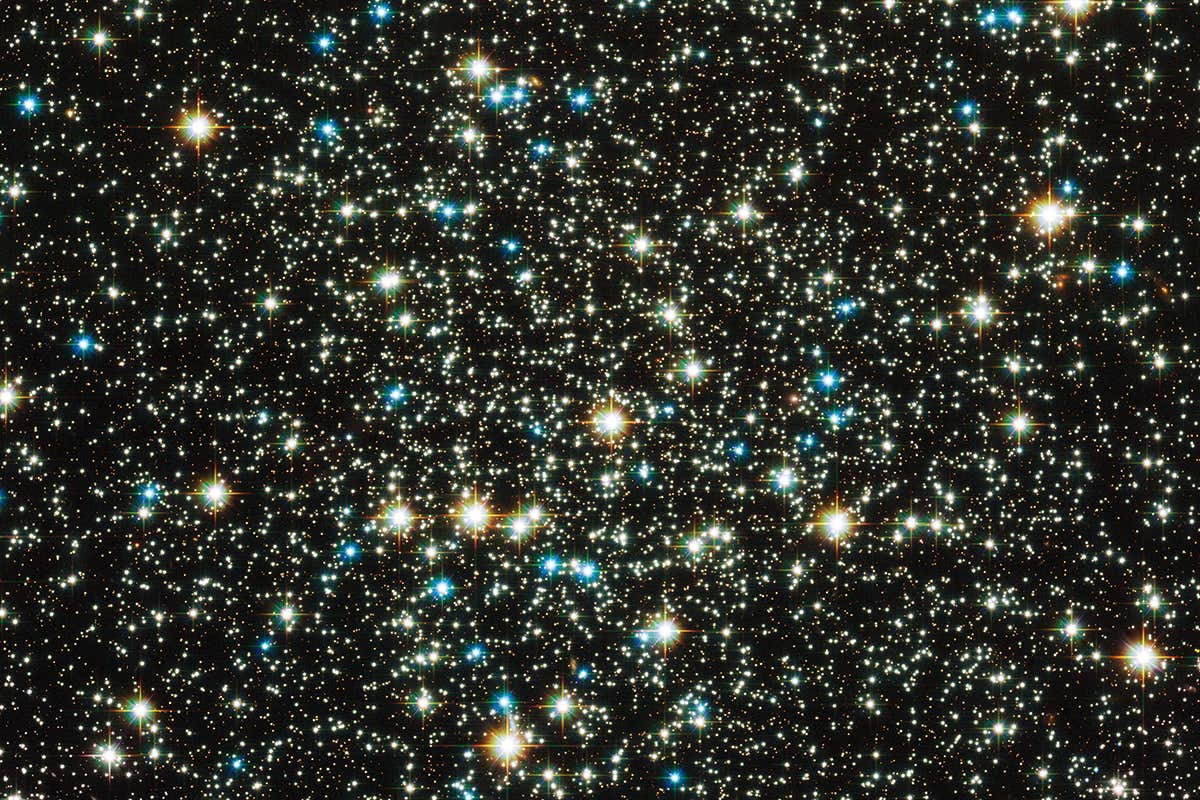Millions of Simulations Created to Uncover How Universe Evolved

The universe is beyond one’s understanding or imagination as it is apparently limitless in size and wonders. Many billions of galaxies have been observed, and there is no telling what exists beyond those. Astronomers have covered the basics of the universe, mainly how matter interacts and how celestials body form.
Scientists have decided to put computers to work by running a series of simulations. A supercomputer was used to virtually create a great many universes, in the millions in fact. This has allowed scientists to study the evolution of any given universe.
Machines power to figure out the Universe
Astronomers already flex they brains to formulate theories and uncover details. They use observations and educated guesses to do this. But the supercomputer simulations have comfortably filled in some of the blanks.
The computer manages to simulate the evolution of our own Universe from around the time of the Big Bang. With a 400 million year mystery gap since the explosion. The goal of the scientists is to contrast and compare the simulations between each other and with what is known about our universe.
More than 8 million universe simulations were performed by the computer. It was managing to do this in 400.000 hours, in which it ground away at processors. Most of the results were kind of ordinary, meaning that the simulations matched our universe closely enough.
Results smash known astronomical facts
The simulation revealed that the process in which a star is formed might be different than previously believed. The old model says that dense knots in gas clouds collapse and form what is known as stellar accretion. The gases need to be cooler for this to happen, as the hotter they are, the more difficult the process becomes.
The simulations say otherwise. It was believed that the early universe was hotter. Star formations should have been few and far between. But the virtual universes showed that galaxies were converting matter into stars at a higher rate than expected. This means that astronomers will have to rethink how stars form and galaxies die.
0 comments